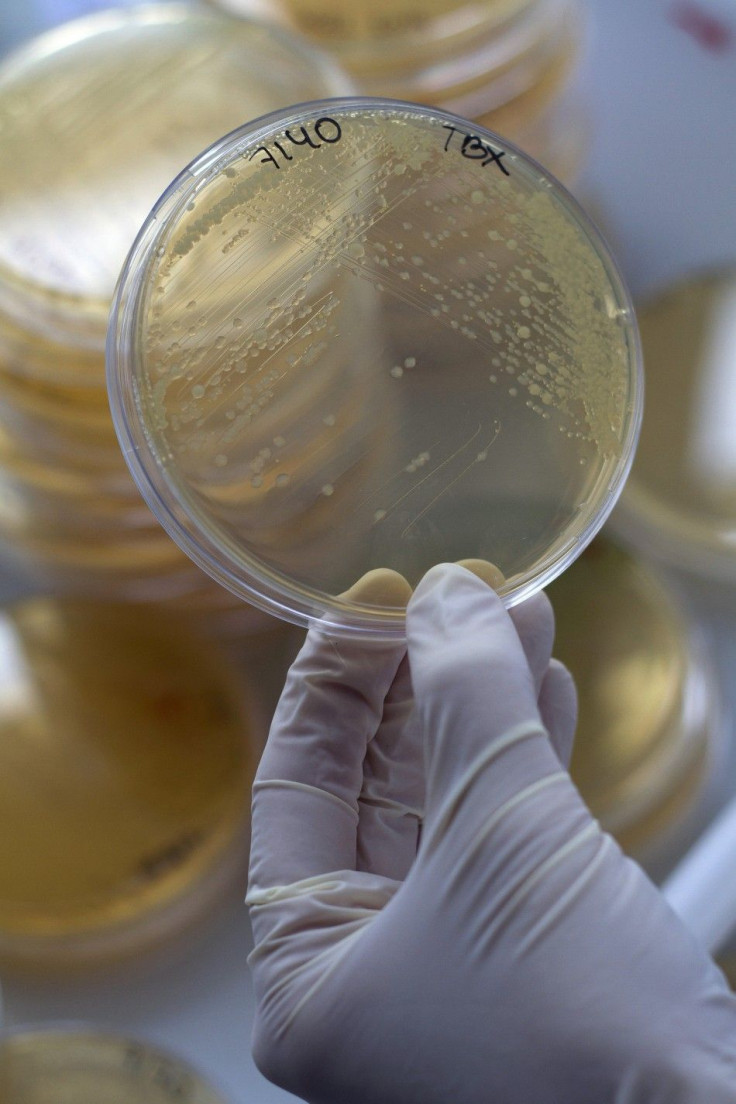Killer E. coli combines common toxin with rare 'glue'

Scientists investigating in to the killer E. coli strain in Europe have found that the bacteria combines a highly poisonous but common toxin with a rarely seen glue that binds it to a patient's intestines, a Reuters report said on Friday.
It may take months before the global team of researchers fully understand the characteristics of the bacteria that has killed at least 17 people in Europe and affected 1,500. But the greater concern is that this E. coli strain is the most toxic yet to hit a human population.
Most Escherichia coli, or E. coli, bacteria are harmless. The strain that is sickening people in Germany and other parts of Europe, known as 0104:H4, is part of a class of bacteria known as Shiga toxin-producing Escherichia coli, or STEC, said the report.
This class has the ability to stick to intestinal walls where it pumps out toxins, causing diarrhea and vomiting. In some cases, the repercussions can be as severe as hemolytic uremic syndrome, or HUS, that attacks the kidneys and can even put the patient in coma, cause seizure and stroke.
Germany is now reporting 470 cases of HUS. That is absolutely extraordinary, Dr. Robert Tauxe, a food borne diseases expert at the U.S. Centers for Disease Control and Prevention, told Reuters. The CDC has been working with German health authorities on the case since late last week.
That is 10 times more than the largest outbreak in this country, he said, referring to a 1993 outbreak involving fast-food hamburgers that sickened more than 700 people and killed four. In that outbreak, there were 44 cases of HUS, said the report. When asked if this was the world's deadliest E. coli outbreak yet, Tauxe said: I believe it is.
He said a strain very similar to the German strain had been seen in Korea in the 1990s, but is very rare.
Remarkably, the German strain appears to combine the toxin found in the most common type of STEC bacteria in the United States, known as E. coli O157:H7, with an unusual binding agent. Tauxe said that glue is typically only found in children in the developing world.
The glue that this bug is using is not the same glue that is E. coli 0157 or most other STEC bacteria, he said. It's this combination from the glue from another kind of E. coli and the shiga toxin that makes this an unusual strain, he said.
The U.N. World Health Organization has confirmed that the strain has never been isolated from patients before, and said the bacteria had likely acquired some extra genes that may make it especially deadly.
So far, the source of the outbreak is unknown, but scientists say it is highly likely to have originated in contaminated vegetables or salad in Germany.
E. coli infections are spread by consuming even minuscule particles of feces of infected animals or humans, often via contaminated food or water.
Tauxe said the CDC has notified public health officials in all U.S. states to be on the lookout for the infections. So far, three U.S. adults have developed HUS after having traveled to northern Germany, the CDC said late on Thursday.
The CDC also said the Pentagon has been notified about the outbreak because of the presence of U.S. military bases in Germany but added that there are no known cases among U.S. military personnel.
U.S. health officials have not confirmed that the infections match the German strain, but Tauxe said it is very likely they are part of the same outbreak and more tests are being done to see if the infections have the same fingerprint.
He did not release the individuals' names or addresses.
Scientists at the Beijing Genomics Institute in Shenzhen city in southern China, who have sequenced the genome of the strain, also noted that the strain is highly resistant to several classes of antibiotics.
Tauxe said it is not clear how the bacteria became so resistant because antibiotics are not recommended as a treatment for E. coli.
He said there is no evidence that antibiotics help, and they could make things worse. It is curious to us that it is so resistant, he said.
Phillip Tarr, a professor of microbiology at Washington University School of Medicine in St. Louis, said E. coli mutate all of the time and it may take months before scientists can fully understand the scientific characteristics of this strain.
This is almost certainly something that cannot be sorted out in any rapid sequence, he said, the report said.
© Copyright IBTimes 2024. All rights reserved.





















